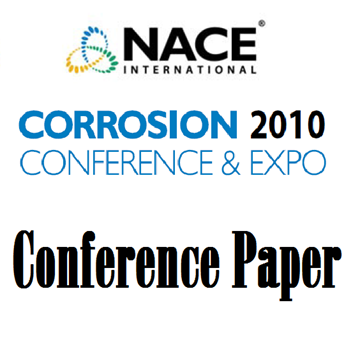Search
Performance of Distributed Galvanic Anode Systems on Bridges in the United States
Also Purchased
51312-01519-Tank Bottom Protection Utilizing anode grid system vs. anode in the periphery
Product Number:
51312-01519-SG
ISBN:
01519 2012 CP
Publication Date:
2012
$20.00
10025 Remoteness of Impressed Current Anode Ground Beds
Product Number:
51300-10025-SG
ISBN:
10025 2010 CP
Publication Date:
2010
$20.00
08146 Pipeline Corrosion Monitoring by Fiber Optic Distributed Strain and Temperature Sensors
Product Number:
51300-08146-SG
ISBN:
08146 2008 CP
Publication Date:
2008
$20.00




